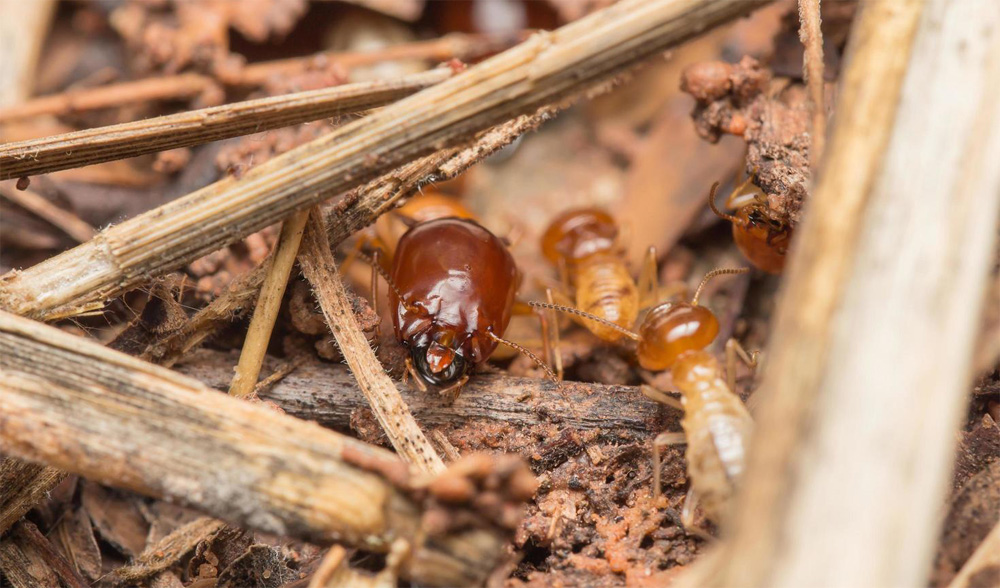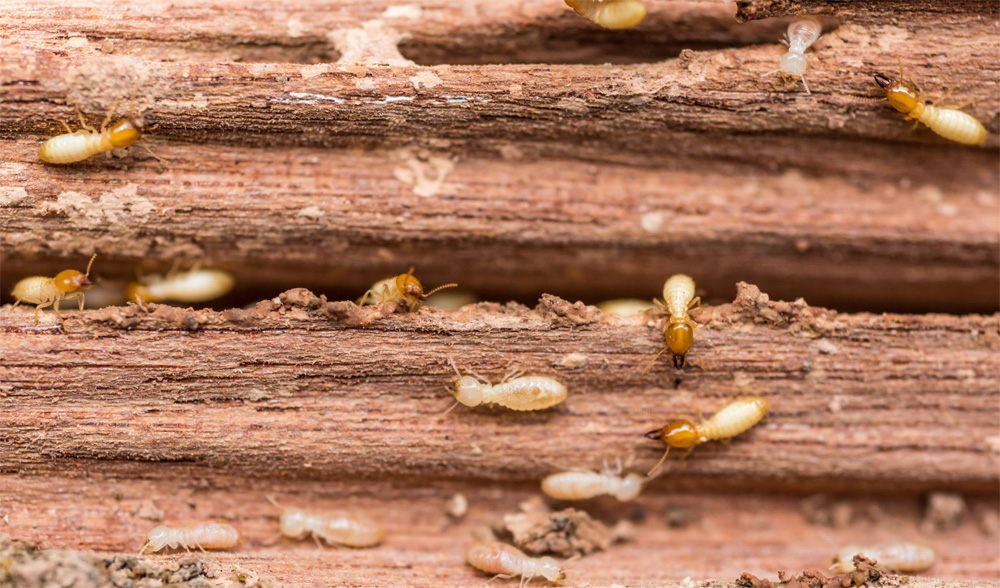In California, the notion of a “termite season” may not entirely apply, as termite control requires year-round vigilance. In reality, this perception holds some truth, given that various termite species swarm at different times of the year. If you are fortifying your home against spring and autumn termite activity, you are effectively protecting it from termite species such as arid-land subterranean termites, Western subterranean termites, and Pacific dampwood termites. Whether you own a residential or commercial property, it’s essential to prepare for the potential termite control or seasonal termite infestations. The following recommendations will assist you in warding off these persistent pests.

Take Action Earlier
It’s ideal to initiate your preparations for shielding your home from autumn and winter termite activity as early as possible. In fact, consider implementing protective measures in late summer. Predicting the precise timing of swarming for each termite species is a rather uncertain endeavor. Therefore, it’s prudent to ensure that your home is ready to repel a potential termite invasion. To ready your property for termite control, consider employing the following recommendations.
Pay Attention to Wood Near the Exterior
In California, the issue of soil-to-wood contact poses a significant concern for property owners. Any wood in direct contact with the soil and connected to your home acts as a bridge that termites can exploit to gain access to your house. Consider these soil-wood-house connections as open invitations. It is crucial to eliminate these vulnerabilities since they frequently serve as the origin of termite infestations.
Dispose of Miscellaneous Wood or Paper Debris
Inspect the perimeter of your house for any presence of timber or cardboard. If you find any, be sure to remove it. Avoid keeping wood or items constructed from wood fibers in close proximity to your home’s structure.
Relocate Firewood from Proximity to Your Residence
In the autumn and winter, a cozy fire is a welcome indulgence. However, your woodpile can inadvertently become a hub for termites. For an effective termite control, maintain a minimum distance of 20 feet between the woodpile and your home, or even further, to avoid attracting termites to your house. Additionally, ensure that the woodpile is elevated well above the ground, ideally at a height of 8 to 10 feet. Each log could serve as a potential carrier for introducing termites into your home.
Inspect Your Fencing
Do you have wooden fencing around your house or commercial property? It’s essential to conduct a thorough inspection for any signs of wood rot. Rotting wood can act as a magnet for termites. If you discover rot in your fence or areas that were previously targeted by these pests, consider applying termite-resistant paint to safeguard those vulnerable sections.
Seal Gaps and Cracks Effectively
The early autumn presents an ideal opportunity to examine your property for any gaps or fissures that may exist. These openings can serve as potential entry points not only for termites but also for other pests such as mice and rats seeking shelter during the cooler months.
Patch Cracks Securely
For smaller cracks near your windows or doors, caulk can be employed for sealing. In the case of larger cracks, opt for metal mesh as the appropriate solution.

Examine Pipe Connections
It’s crucial to ensure that the seals around pipes and cables entering your home are effectively sealed. Even a minor gap can cannot be ignored for termite control.
Inspect the Building for Signs of Wood Decay
Your residential or commercial property might exhibit minor indications of wood rot. Even the slightest bit of deteriorating siding can beckon termites. To address this issue, eliminate any damaged siding or other wooden components and substitute them with termite-resistant materials. In the autumn and winter, it’s particularly important to remain vigilant about inspecting any siding positioned close to the ground if you want to make your termite control effective. Rotting siding or wood near the foundation of your home can act as a lure for termites that swarm during the cooler seasons.
Get Rid of Plants and Mulch
In California, it’s generally not advisable to position organic mulch in close proximity to your house. Wood mulch has an appeal to termites, and any mulch located near your house can draw these insects in. To make the termite control easier, consider either removing the mulch or replacing it with stone.
Mow the Grass
While grass growth may decelerate in the cooler months, it’s essential to maintain regular mowing to keep it at a shorter length. Taller grass provides hiding spots for insect pests, including termites.
Prevent Plants and Shrubs from Touching the Building
Termite control’s efforts are not just indoors. Do not permit any shrubs, trees, or plants to make direct contact with the exterior of your commercial property or residence. These plantings can create a pathway for termites to reach the structure. It’s advisable to eliminate any plants and shrubs that are in close proximity to the home. Instead, maintain a minimum distance of 12 inches between your plantings and the structure.

Remove Dead Trees and Shrubs
Decaying plantings such as trees and shrubs, when left in place, can draw a variety of pests to your California property, in addition to inviting fungal diseases. Promptly removing dead trees and shrubs is the recommended course of action. Furthermore, deceased trees pose a liability for your property as they are more prone to shedding limbs and toppling over, which can jeopardize property safety. It’s crucial to ensure that stumps are ground away as well, as stumps serve as ideal feeding grounds for termites.
Seek Help from Safe-Killer
Cooperating with Safe-Killer for your termite control is a wise decision to safeguard your investment in your California property. Termites pose a significant threat to the integrity of wooden structural components, potentially compromising your valuable asset. In California, incorporating regular termite inspections and necessary treatments into your property maintenance routine is an essential component of responsible ownership.
By keeping these suggestions in mind, you can ready yourself for the autumn and winter seasons. Don’t overlook the importance of inspecting your window screens to ensure there are no openings through which flying termites can gain access. If you suspect a termite problem, it’s advisable to contact experts without delay. Dealing with a minor infestation is more manageable, and timely treatments can deter substantial infestations and significant property damage.
If you believe you have termites in or around your home, don’t hesitate to Contact Us or visit Safe-Killer.



